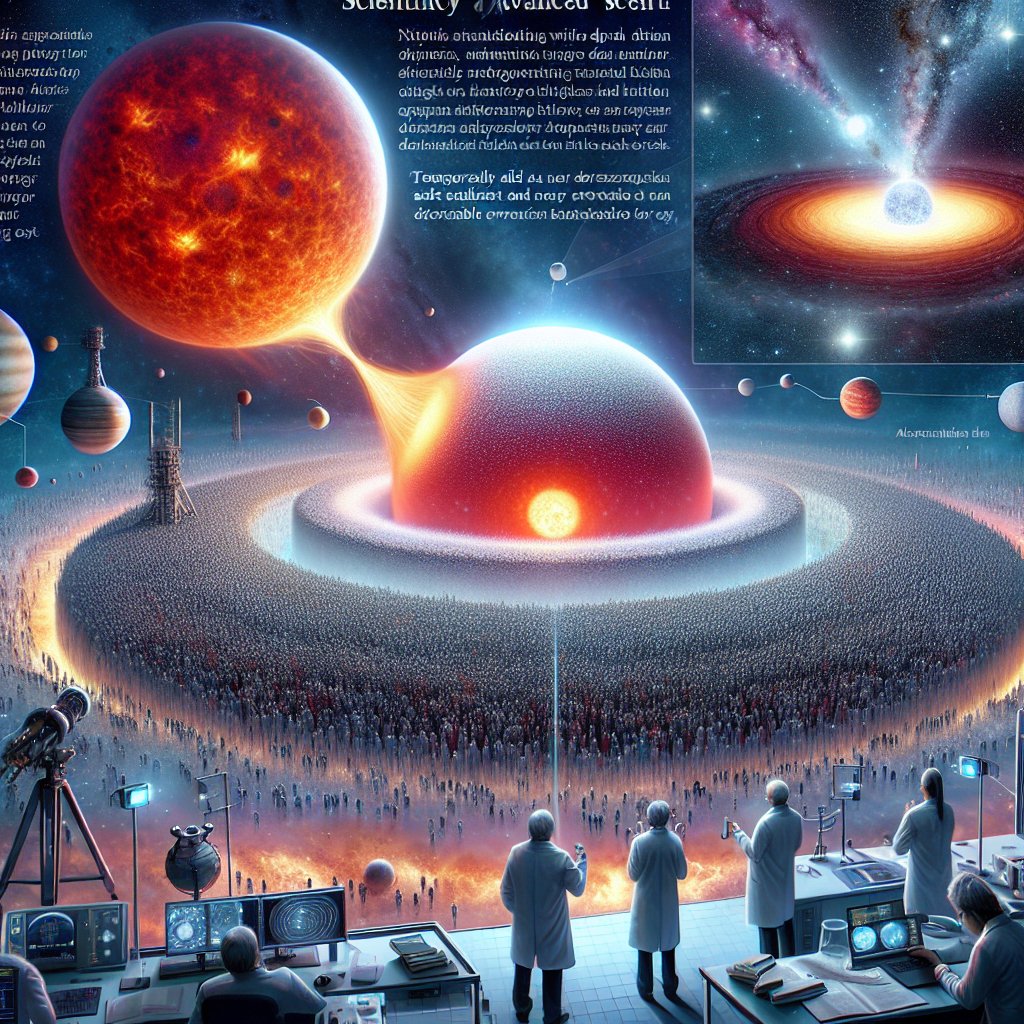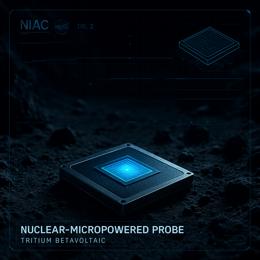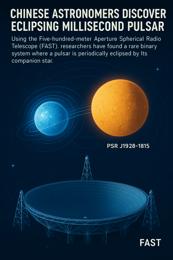Image created by AI
Celestial Fireworks: Eager Anticipation for a Nova in the Night Sky
Star gazers and professional astronomers alike are poised for a breathtaking astronomical event that's poised to grace our night sky: a remarkable nova is predicted to occur within the Milky Way galaxy, offering spectators a rare visual feast. This stellar outburst is so singular that it's bound to catalyze considerable attention from the global astronomy community and the public at large.
The forthcoming astral phenomenon involves a binary star system known as T Coronae Borealis, positioned approximately 3,000 light-years away from our planet. The system comprises a white dwarf locked in a celestial dance with a red giant—the latter being a star in the twilight of its life, slowly depleting its hydrogen fuel. In such proximal pairings, material from the red giant is irresistibly pulled by gravity towards the white dwarf, where it accumulates before triggering a dramatic nova eruption.
The forthcoming spectacle promises to add a temporary luminary to our sky, as the nova's intensity will make it discernible to the naked eye, an event uncommon in our galaxy given the rarity of these binary systems. NASA and astronomers anticipate the sky show to occur sometime between the present and the culmination of September. The last similar event for T Coronae Borealis dazzled observers way back in 1946, and it may be another 80 years or so before another opportunity arises.
The addition of a "new" star to the heavens has created a palpable buzz within the scientific community, with observatories worldwide keeping a vigilant eye on the system, ready to pinpoint the optimal 24-hour window post-eruption for peak visibility. During this prime observing time, the nova will shine with a brilliance comparable to Polaris, the North Star, and while the zenith of its brightness will be brief—a couple of days—this celestial firework will remain detectable through binoculars for roughly a week.
Amateur astronomers eager to witness the display can locate the eruption site by finding the constellation Corona Borealis, nestled between Hercules and Bootes. Given the phenomenon’s transitory nature, enthusiasts are encouraged to follow updates from astronomical institutions to capitalize on this rare occurrence.
This event is not just a treat for the eyes but also an occasion for scientific celebration. The predictive work and monitoring of this event are a testament to the advances in astronomy since the last eruptions centuries ago, which were documented but not fully understood at the time. The imminent nova in T Coronae Borealis, in contrast, is highly anticipated and primed to unfold its splendor on a predictably monitored timeline, a symbol not only of cosmic wonder but also of human curiosity and the pursuit of knowledge.










